
Jepchirchir (right) and Assefa are both runners from East Africa - Photo: REUTERS
Kenya's Peres Jepchirchir won the women's marathon gold medal at the 2025 World Athletics Championships in 2 hours, 24 minutes, and 43 seconds behind. Ethiopia's silver medalist, Tigst Assefa, was just two seconds behind.
The dominance of the East African group
A typical race, because for more than 3 decades, long distance races (1,500m and above) have been almost a game between three East African countries: Kenya, Ethiopia and Uganda. Among them, Kenya is especially dominant.
At the 2024 Paris Olympics, Kenya won a total of 11 medals, all in running. Four of them were gold - the men's 800m, women's 1,500m, women's 5,000m and women's 10,000m. Ethiopia is not far behind with legendary names like Kenenisa Bekele or Haile Gebrselassie - who broke the world record for 10,000m and marathon. Uganda, though smaller, has risen strongly with Joshua Cheptegei - the 2019 and 2023 world champion for 10,000m, also holding the world record for 5,000m and 10,000m.
According to World Athletics statistics, since 2000, more than 70% of the medals in the men's 5,000m and 10,000m at the Olympics have been won by athletes from these three countries. In the marathon, Kenya and Ethiopia have taken turns dominating, from Eliud Kipchoge to Abebe Bikila, creating a tradition that the world calls "the power of the highlands".
What caused this phenomenon?
First of all, the geographical factor is fundamental. All three countries possess plateaus at altitudes ranging from 2,000m to more than 2,500m above sea level. Places such as Iten or Eldoret (Kenya), Bekoji (Ethiopia) or Kapchorwa (Uganda) have become the "cradle" of world athletics. The thin air on the plateau forces the body to adapt by producing more red blood cells, increasing the ability to transport oxygen.
When competing at sea level, this advantage is evident. An analysis in the Journal of Applied Physiology (2017) stated: "Living and training long-term in a highland environment creates a lasting physiological effect that no short-term training camp in Europe or the US can fully replicate."
Genetics also play a role. The Kalenjin of Kenya, the Oromo of Ethiopia, and the Sabiny of Uganda have body types considered optimal for endurance running: tall, lean, with long legs and small ankles and wrists.
Geneticist Yannis Pitsiladis (University of Glasgow) - who has many years of research on East African ethnic groups - believes that this helps reduce energy consumption in each stride, increasing long-distance running performance.
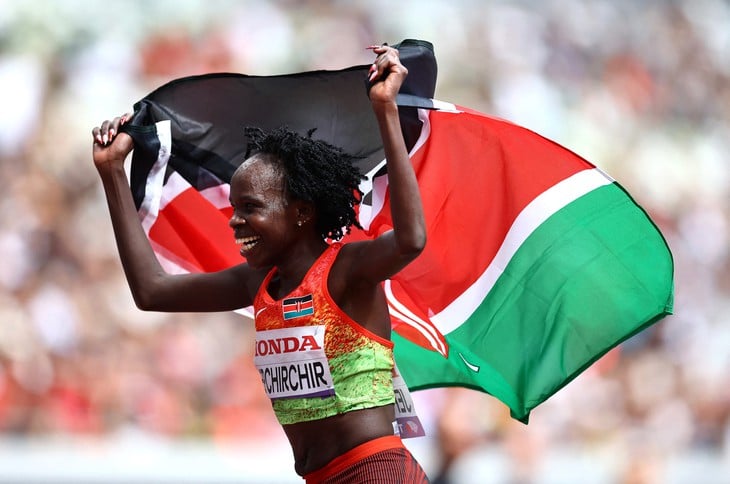
Peres Jepchirchir, from Kenya, won the women's marathon gold medal at the 2025 World Athletics Championships with a time of 2 hours 24 minutes 43 seconds - Photo: REUTERS
Run to escape poverty
It is the socio-cultural aspect that really makes the difference. In rural Kenya or Ethiopia, children often have to run miles to school every day. Being on their feet from a young age makes endurance develop naturally. For many young Kenyans, running is not just a sport, it is a chance to change their lives.
The domestic training environment is also fierce. In Kenya, thousands of young athletes compete for places in Iten and Eldoret every year. The intense competition forces them to achieve world-class results in order to be selected to compete. Similarly, in Ethiopia, the small town of Bekoji has produced legends such as Derartu Tulu, Kenenisa Bekele and Tirunesh Dibaba.
Another commonality is the climate. The East African highlands are cool all year round, with little rainfall, making them ideal for long-distance outdoor running. While many countries rely on stadiums or gyms, athletes in Eldoret or Arsi can train on red dirt roads year-round, creating a natural endurance.
It is impossible not to mention the strength of the spirit. For East Africans, athletics medals are not only a sporting value but also a source of national pride. Kenyan marathon icon Eliud Kipchoge is famous for saying: "Running is life. When I run, I feel free and I want to share that with the world."
When science and technology had not yet been brought to Africa, and vice versa, runners from poor mountainous areas did not have the opportunity to compete in world competitions, and long-distance races were still in the hands of white people. In the past two decades, Kenya - Ethiopia - Uganda have shown the running world the power of bare feet trained on barren land.
Source: https://tuoitre.vn/vi-sao-nguoi-kenya-chay-khoe-20250914210244604.htm






![[Photo] Lam Dong: Images of damage after a suspected lake burst in Tuy Phong](https://vphoto.vietnam.vn/thumb/1200x675/vietnam/resource/IMAGE/2025/11/02/1762078736805_8e7f5424f473782d2162-5118-jpg.webp)
![[Photo] President Luong Cuong receives US Secretary of War Pete Hegseth](https://vphoto.vietnam.vn/thumb/1200x675/vietnam/resource/IMAGE/2025/11/02/1762089839868_ndo_br_1-jpg.webp)


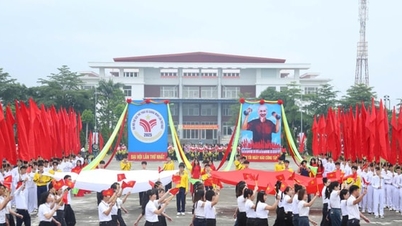



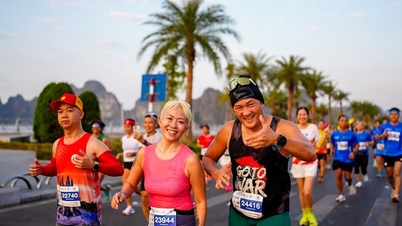
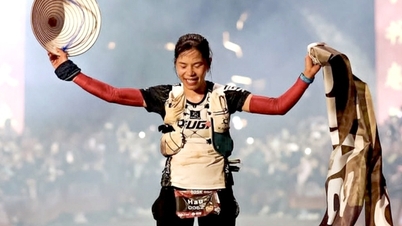


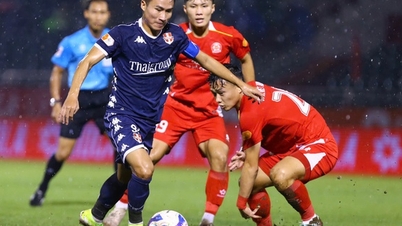

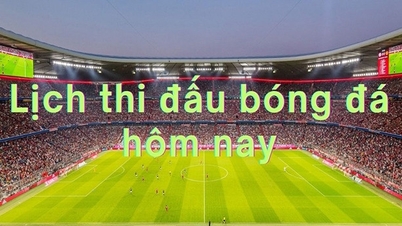
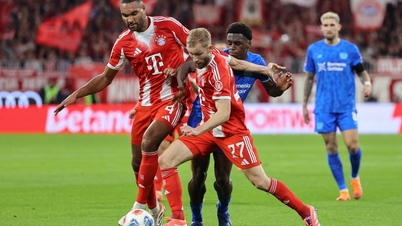





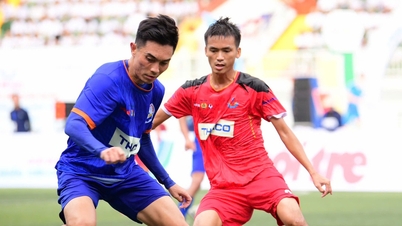












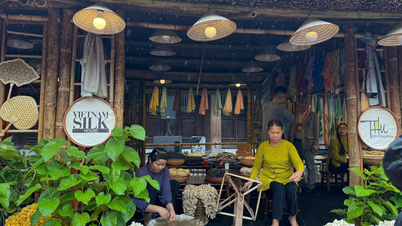










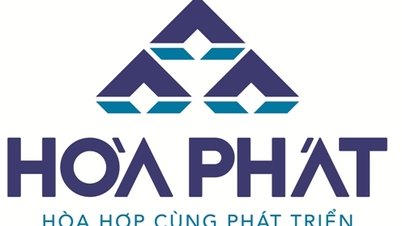












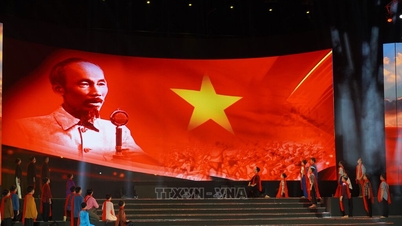


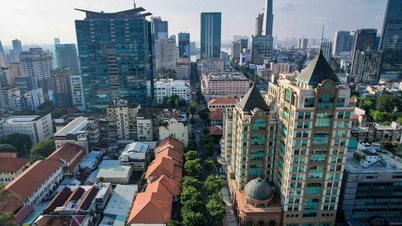


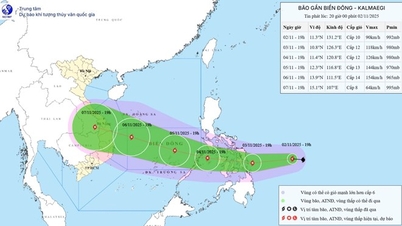




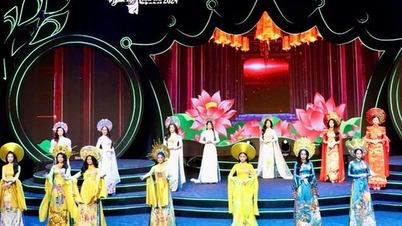


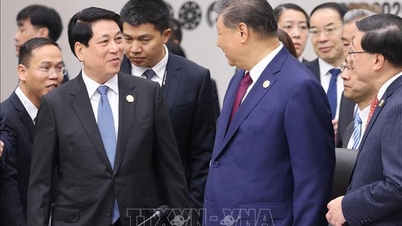










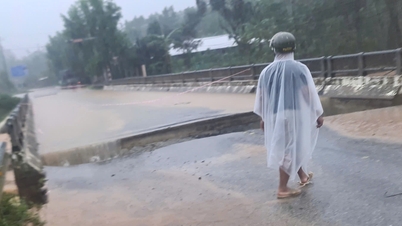















Comment (0)